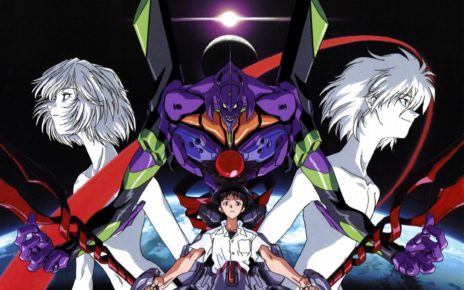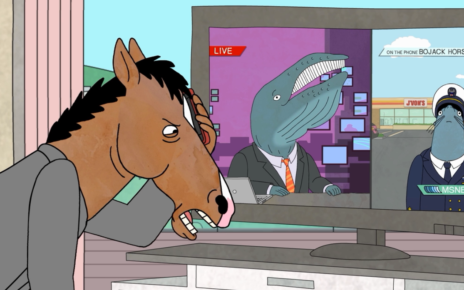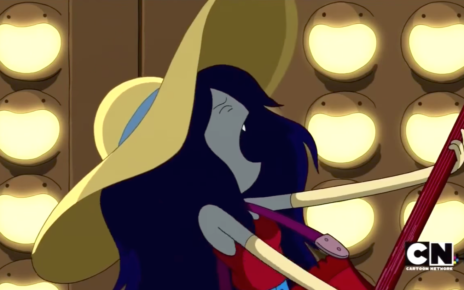The Dot and Line is excited to present its first episode recaps of an animated series. (Ever!) Once April 7 rolls around, I’ll be dropping in to talk all things My Hero Academia in celebration of its highly anticipated third season. Here’s everything we’re excited to see before the season rolls in. Spoilers for seasons 1 and 2 and speculation for season 3 below…
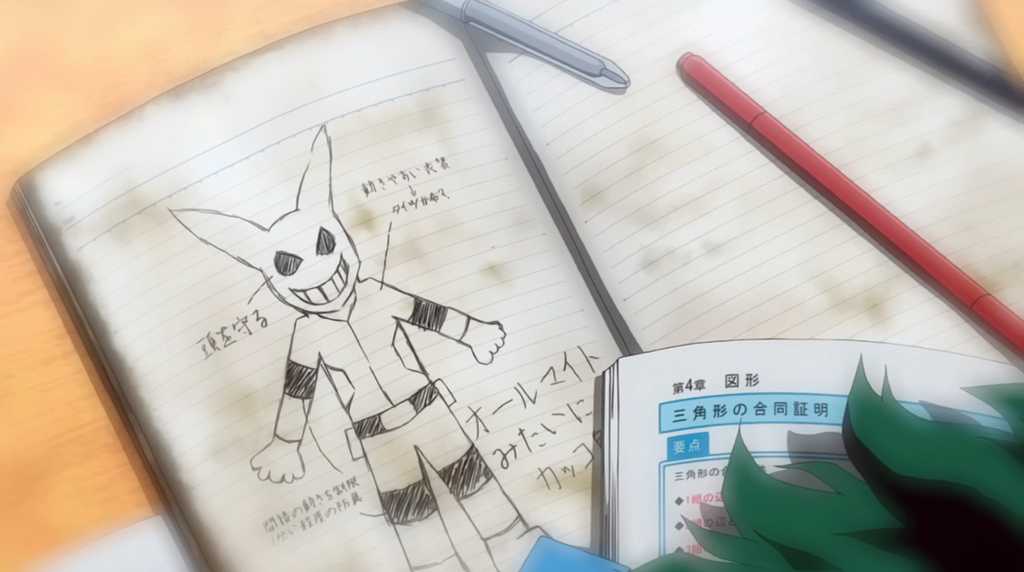
For those unfamiliar with the show’s premise, My Hero Academia, based off Kohei Horikoshi’s manga of the same name, takes place in a world where the majority of people have “quirks.” These are powers that range from animalistic properties to supreme intelligence, the ability to create materials from one’s own body, and more. As quirks became more ubiquitous, so did both villainous activity and the prestige of professional heroism. Our protagonist Izuku Midoriya (aka Deku) is born quirkless but wants to be a hero more than anything, so he spends his time meticulously studying other heroes. After a display of heroism in front of his idol, All Might (the greatest hero of all time), he gets the chance to develop the most powerful quirk around, and with that gets into U.A. High School, the top hero academy in the world. It turns out learning to be a hero is hard, especially when you’re still getting adjusted to your almost overbearing power and a bunch of criminals called the League of Villains are trying to break into school and take new teacher All Might down.

When we last saw class 1A, the students were getting pumped for a week of superhero summer camp and Deku had just had an eerie run-in with League of Villains frontrunner Tomura Shigaraki. Thanks to Shigaraki’s lunacy and Hero Killer Stain’s ideology, the League of Villains is growing — and unfortunately, that means U.A. is in more danger than ever. If you haven’t seen it, check out Funimation’s trailer below before reading our hopeful hero analysis for the future.

We need to know more about the secondary characters
My Hero Academia’s greatest strength is that nearly every character gets screen time. Nobody feels disposable. A great example of this is season 2 episode “Everyone’s Internships,” in which a series of vignettes are followed by a self-contained plot exploring Tsuyu Asui aka Froppy’s internship with naval hero Selkie. That being said, there are 20 students in Class 1A, and a fair chunk of them haven’t been explored beyond how their quirks work. Is Tora Hagakure going to amount to more than a running joke on invisibility? Are the students who failed the exam, like Rikido Sato and Hanta Sero, going to get extra screen time in their remedial lessons?
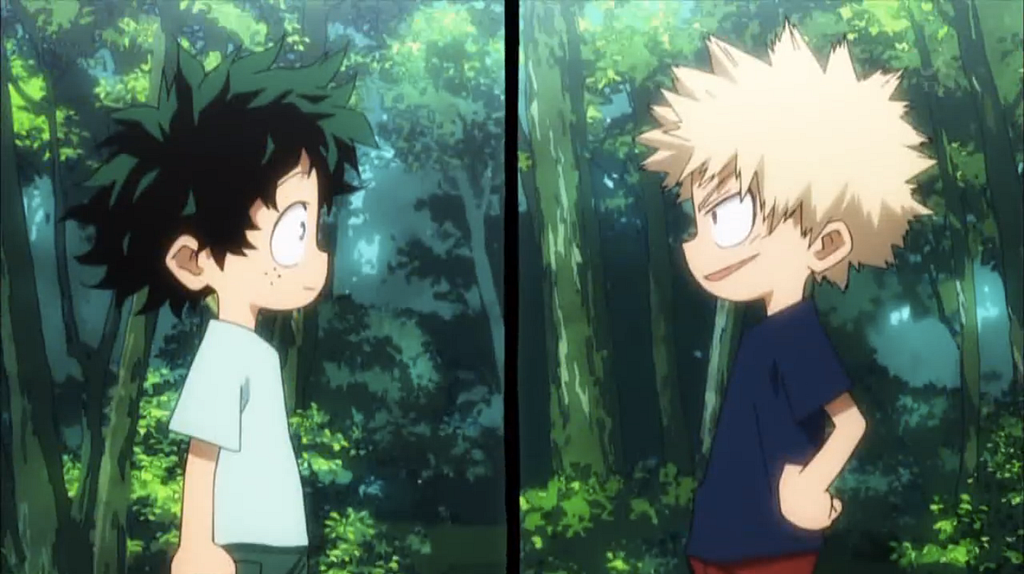
We need to learn more about the students’ backstories
If paying attention to lots of characters is MHA’s strength, then revealing what makes them tick is its weakness. With the exception of Tenya Iida and Shoto Todoroki, we don’t know much about Class 1A’s lives outside of school or pasts. We’ve gotten hints, but unless we get something more thorough we can’t get attached to these characters.We got a short flashback illustrating Ochacho Uraraka’s poor, overworked family, which is fine, and then the final exam arc gave us Mineta’s internal monologue, but Mineta is…just Mineta. Additionally, Katsuki Bakugo’s “origin” narrative felt thin and hasn’t done enough to answer our burning question: If it didn’t develop with his quirk, where did this guy’s attitude come from?
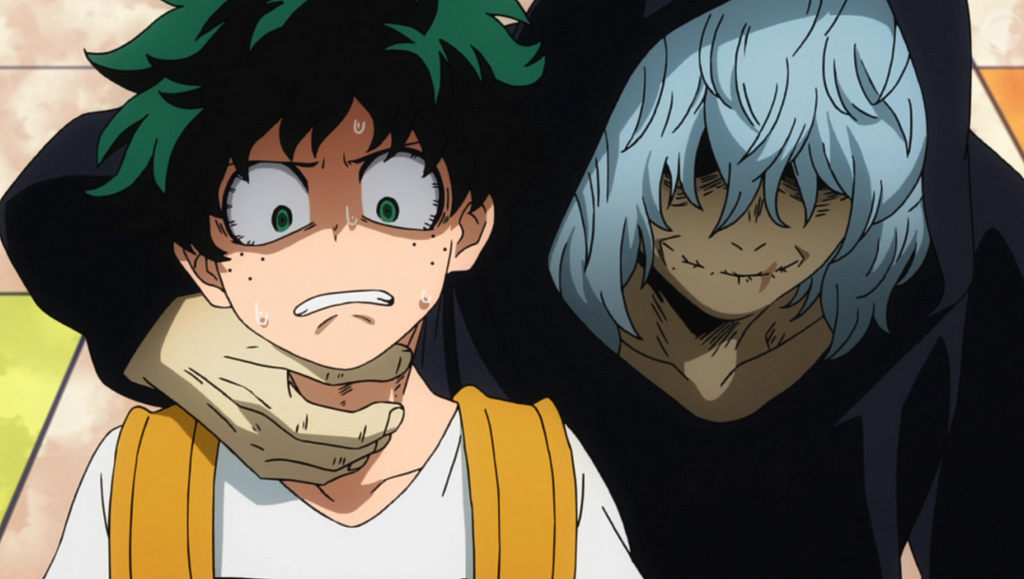
We need more casual danger
Season 2’s finale lulled viewers into a false sense of security by starting out like a filler episode. No fighting, no action, just a day at the mall where the biggest crisis might be someone confronting unexpected feelings. Then, Deku unexpectedly locks eyes with Tomura Shigaraki in one of the series’ most chilling scenes yet. Running into a supervillain at the mall, of all places, accentuates Shigaraki’s very real threat: evil could exist anywhere, at any moment, and the people heroes swear to protect likely have no idea. Shigaraki’s appearance raised the stakes, and it’s time to get more of that.
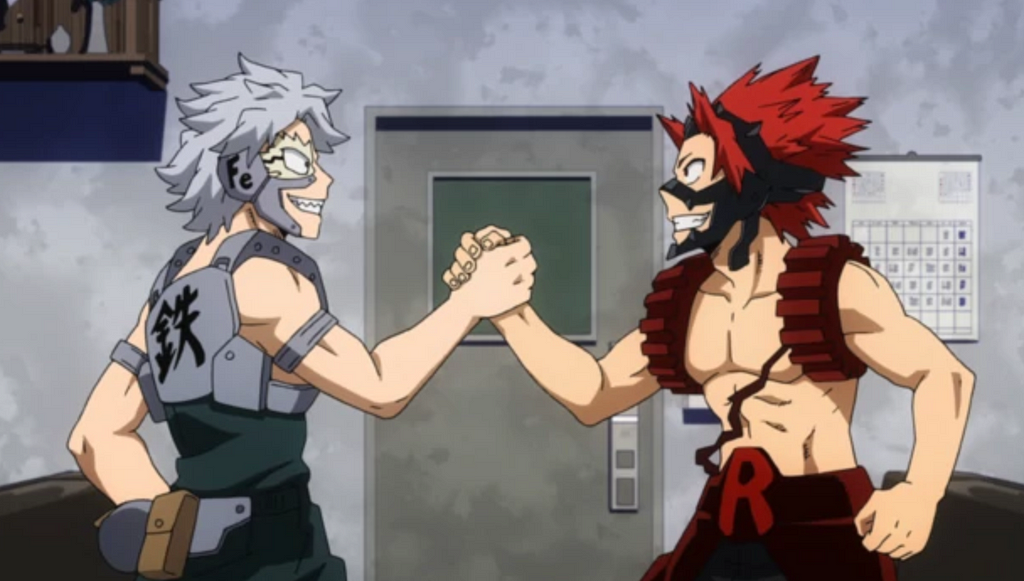
We need more U.A. students and teachers
The sports festival arc spoiled us by exposing us to a lot of new U.A. students, namely the heroes-in-training in class 1B and those in tech support and general studies. Characters like carbon-copy-turned-bro Tetsutetsu Tetsutetsu, pragmatic but feisty Itsuka Kendo, and future mad scientist Mei Hatsume are too endearing to remain off-screen. Additionally, while the final exam gave us a great look at the teachers’ powers, it’d be great to see how they’re handling escalated danger. The League of Villains’ attack on the Unforeseen Simulation Joint left Thirteen severely injured and put a slight handicap on Shouta Aizawa’s quirk erasing powers — both staff members have recovered physically, but but mental scars have been overlooked. Going back to the final, which was designed to help students overcome their flaws, what events or insecurities might be holding the teachers back? What we need is a cathartic scene that releases these anxieties — something like Avatar’s magnificent campfire grievance session in “The Beach.”
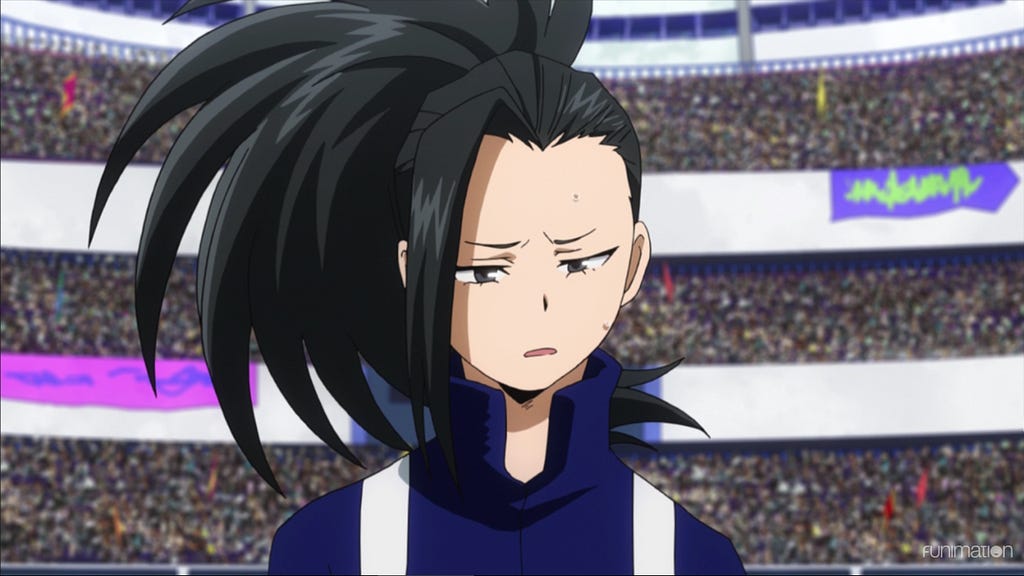
We need more angsty character moments
Despite their quirks, the U.A. students are teenagers, and that means they’re overflowing with relatable problems, like hating your parents and insecurity. Take Momo Yaoyorozu, for instance. She’s one of the few students who got into U.A. on recommendation, and she’s pretty much perfect — until she loses her battle with Fumikage Tokoyami at the sports festival. Suddenly, she’s left crushed and unsure, and even though her strategies are brilliant, she can’t believe in herself until Todoroki validates her potential. Vulnerability like Yaoyorozu’s is what makes these characters compelling and make this show worth watching, so let’s hope there’s plenty of that in the coming episodes.
Did we leave something out? Let us know what you’re looking forward to in the comments.
Thanks for reading The Dot and Line, where we talk about animation of all kinds. Don’t forget to for this article and follow us on Twitter and Facebook.



